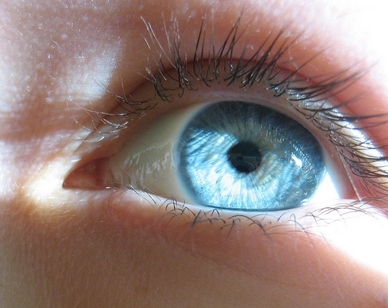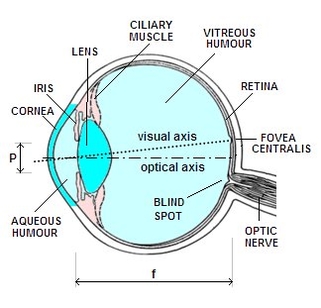 |
 |
 |
 |
 |
 |
 |
 |
|
 |
 |
 |
89 The human eye
|
| Menu | back |
The retina of the human eye contains 126 million pixels (image points). An average digital camera has only six million pixels. The signals from the eyes pixels are first compressed by special nerve cells, and then transmitted through about twelve million neural fibres to the brain. Each individual neural fibre must reach a certain location in the brain for the image to be produced correctly there. This allocation of the neural fibres cannot possibly have been the result of a step-by-step, chance process. Another difficulty is that the fibres must be crossed, fanned out and directed to various specific areas on their way to the brain.
The image we see is transformed into electrical signals on the retina of the human eye. An enormous number of nerve fibres conduct the signals from the retina to various layers of the brain. Perception of the image then takes place in the brain.
How is it possible for every single one of these millions of nerve fibres to be directed from the retina to the right location in the brain during the growth of a creature? Could it be that each individual nerve fibre gradually ends up at the right place by "trial and error"?
|
 |
|
 |
| Eye |
|
Cross section eye |
The fovea centralis (the location in the eye with the sharpest focus) contains about 15,000 pixels. The signals from them are collected in the retina and sent to the brain. The number of possible connections to the brain exceeds 10^80 (a 1 followed by 80 zeros), about as many atoms as there are in the entire universe. The entire retina contains not only these 15,000 pixels, but 126 million of them, the signals of which are then reduced in the retina to about one million. Nevertheless, an accidental origin of the order of these nerve fibres can certainly be considered impossible (1).
When we consider spatial perception as well, the matter becomes even more complicated. To enable the brain to produce a spatial depth impression, both eyes must see the same image. The images seen by the two eyes contain systematic differences due to the spatial relations. The brain calculates the distance based on the differences between the pixel signals from the two different eyes. This is done individually for each pixel. Spatial depth, i.e., binocular vision, is only possible if the nerve fibres end exactly at the right location in the brain.
Without doubt, a most ingenious intelligence was required to write into the DNA the program for making such a highly-ordered system (2).
These 90 | Menu |
back
|
References:
|
|
|
| |
Image "Eye" http://www.flickr.com/groups/beautifuleyes/discuss/72157594473911678/
Image "Cross section eye" http://www.telescope-optics.net/eye.htm |
| |
Comment this Site!
|
 |
 |
 |
 |
|

